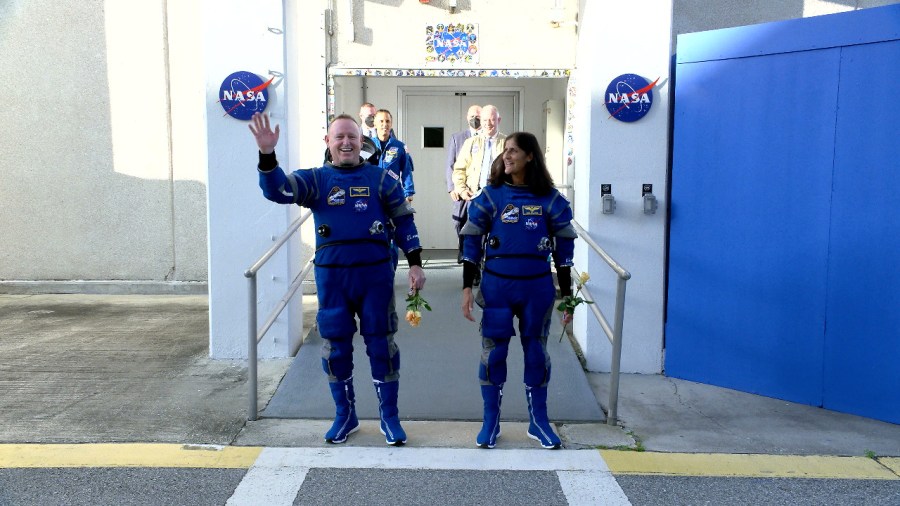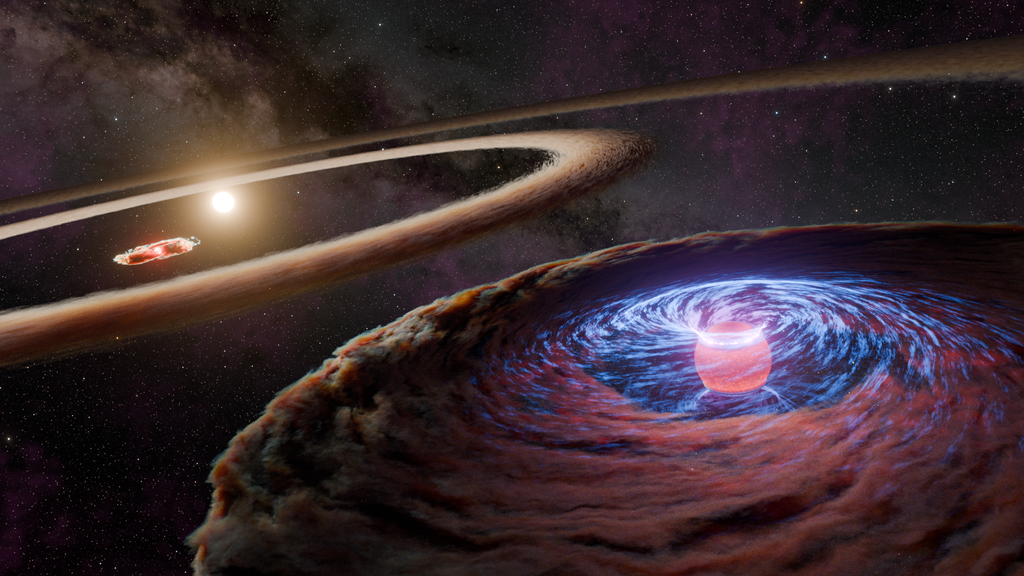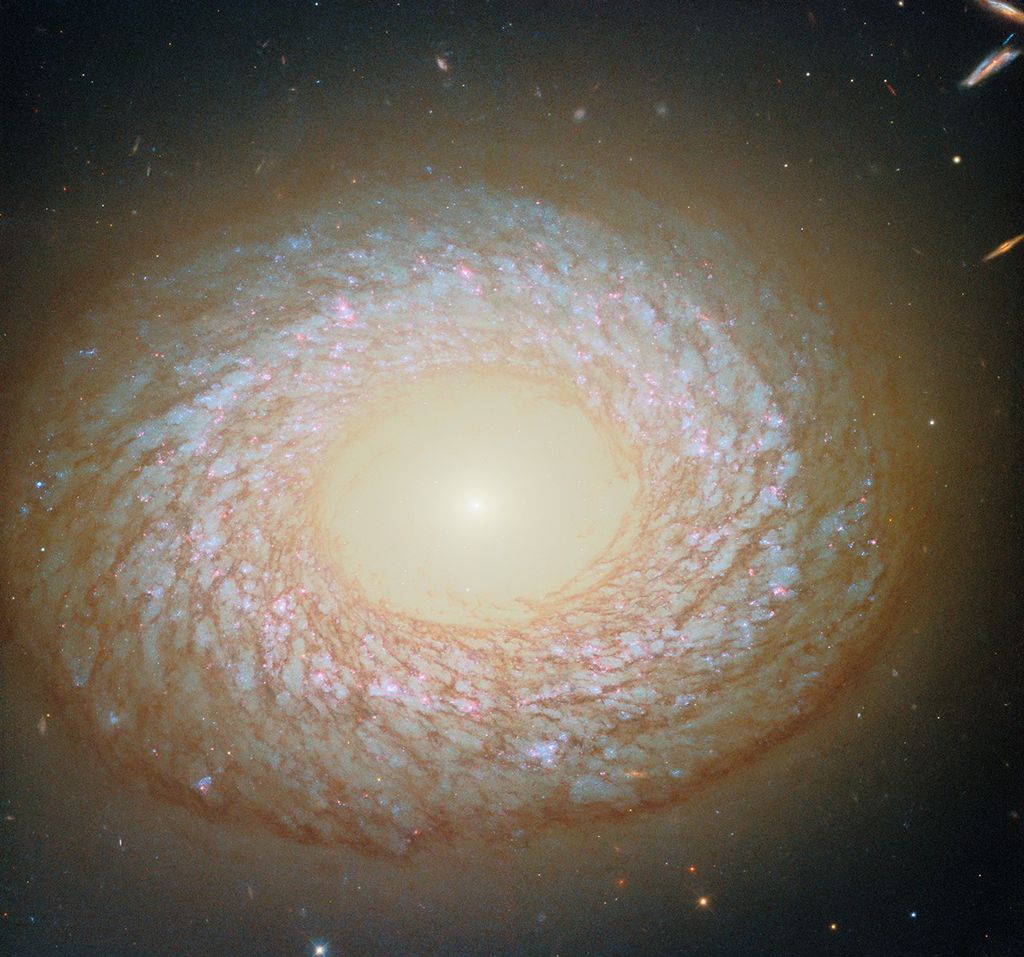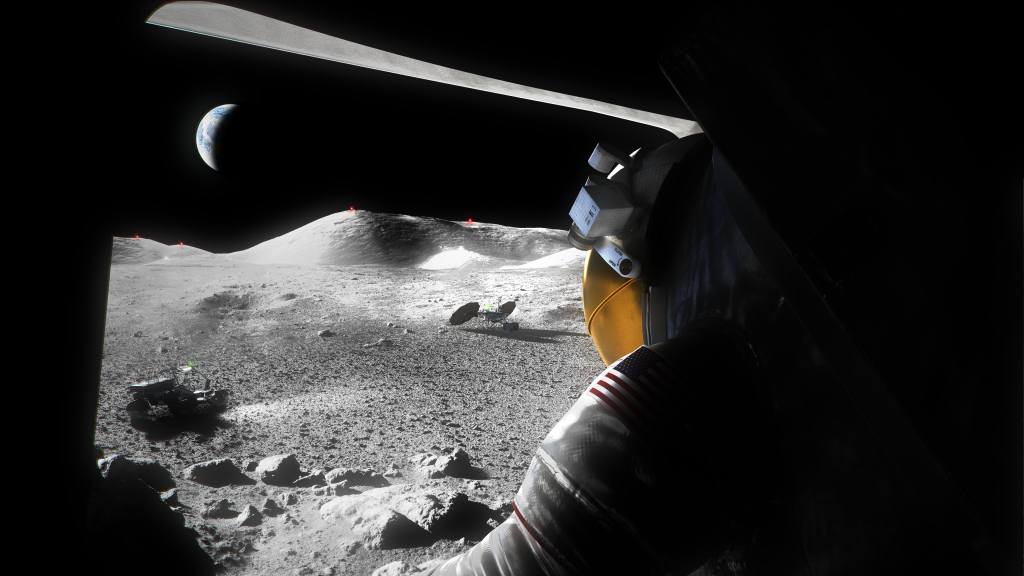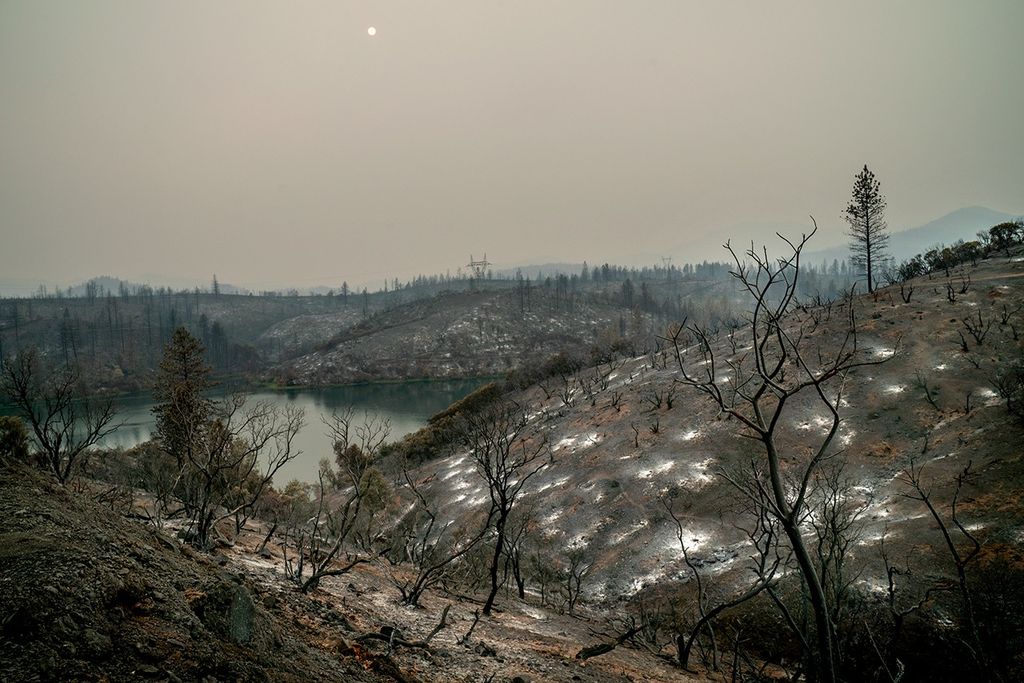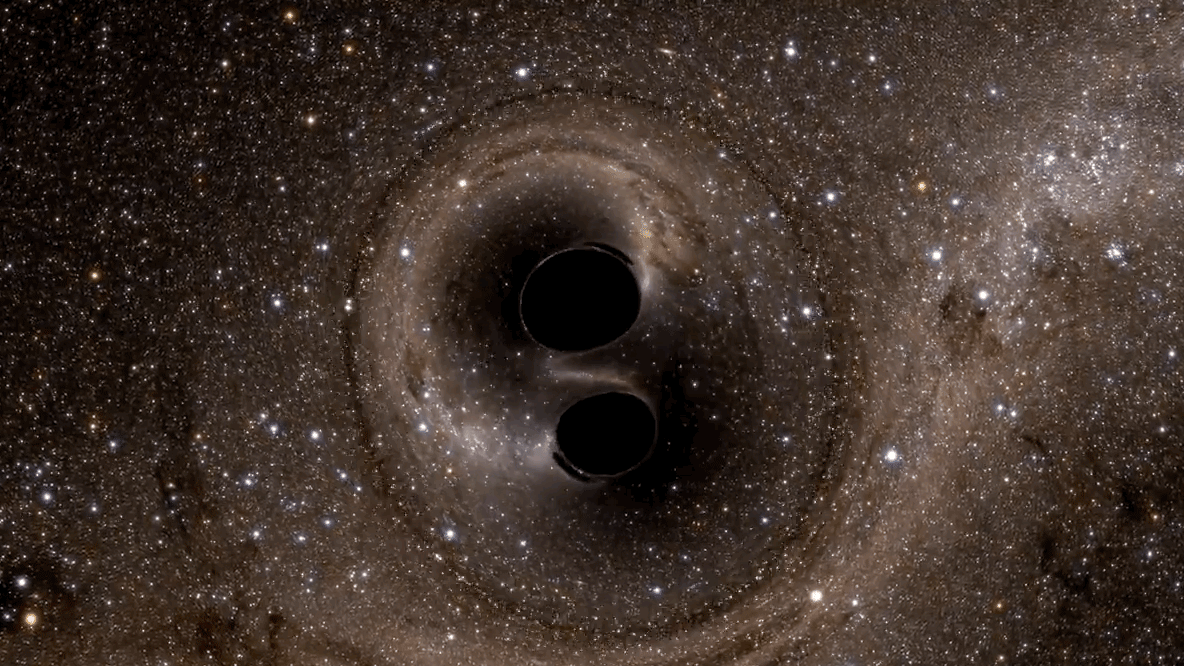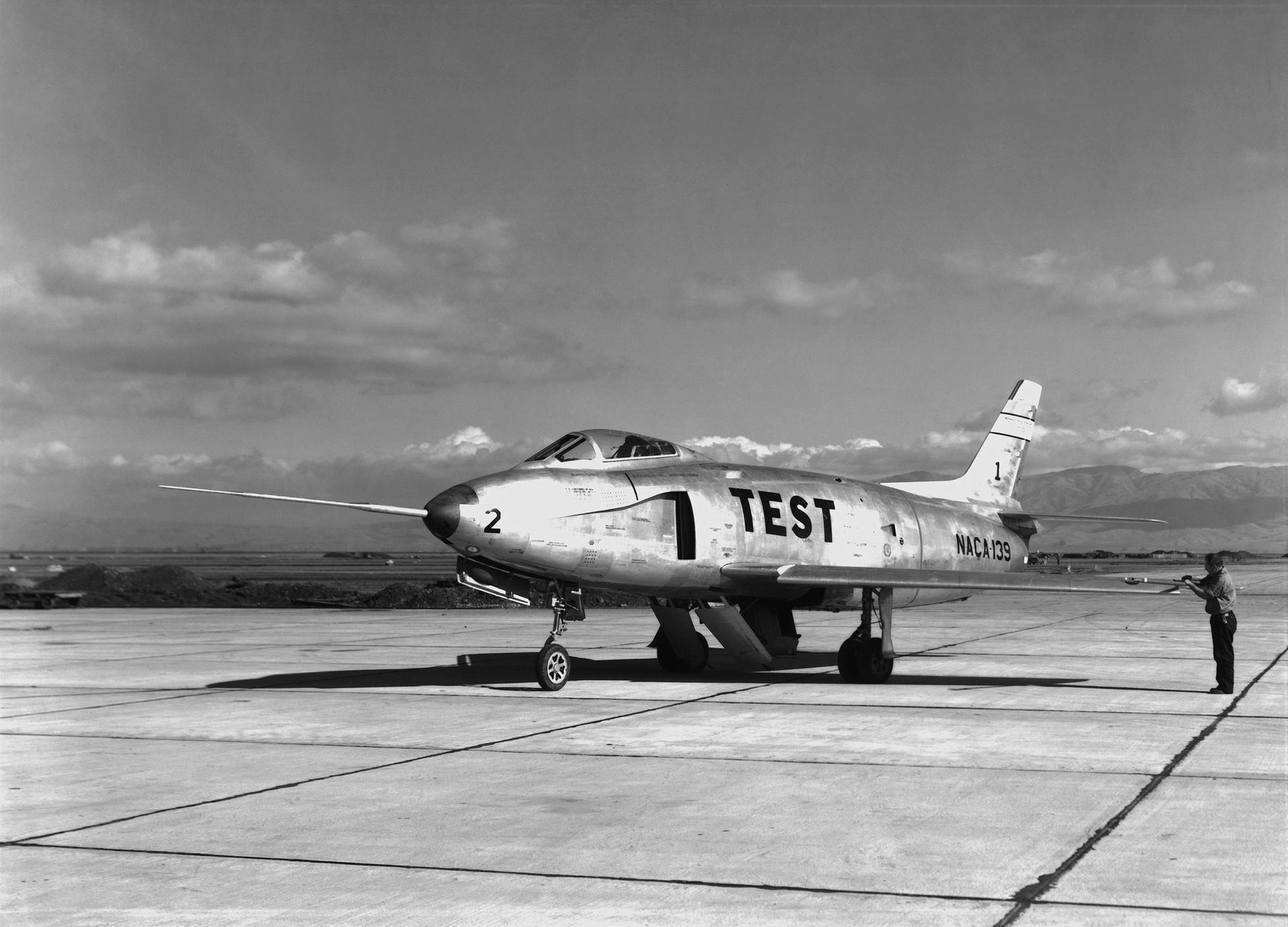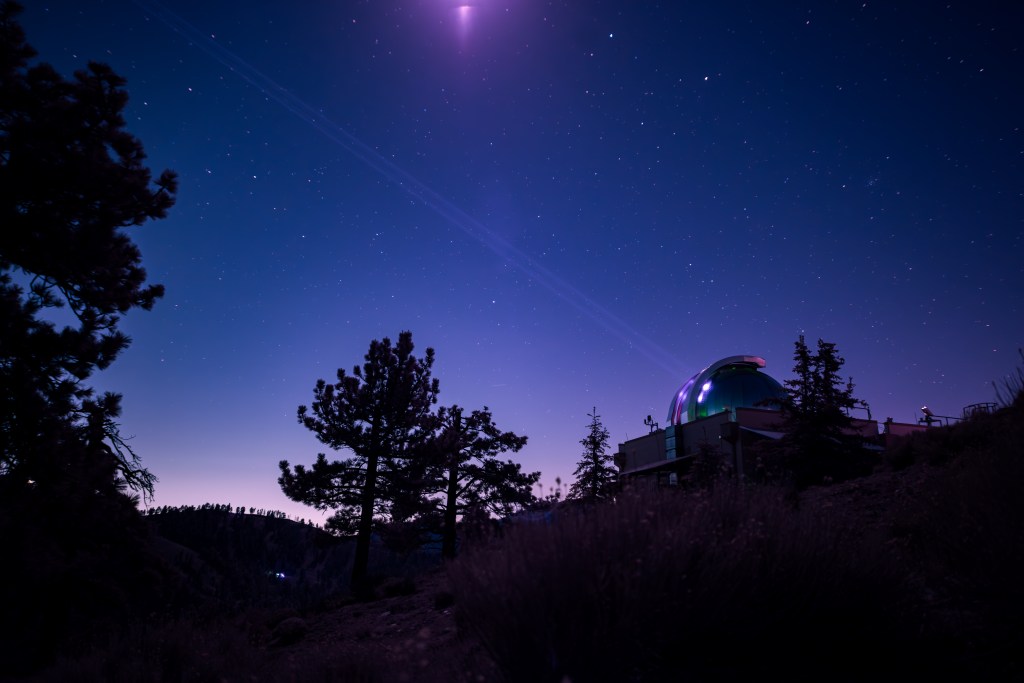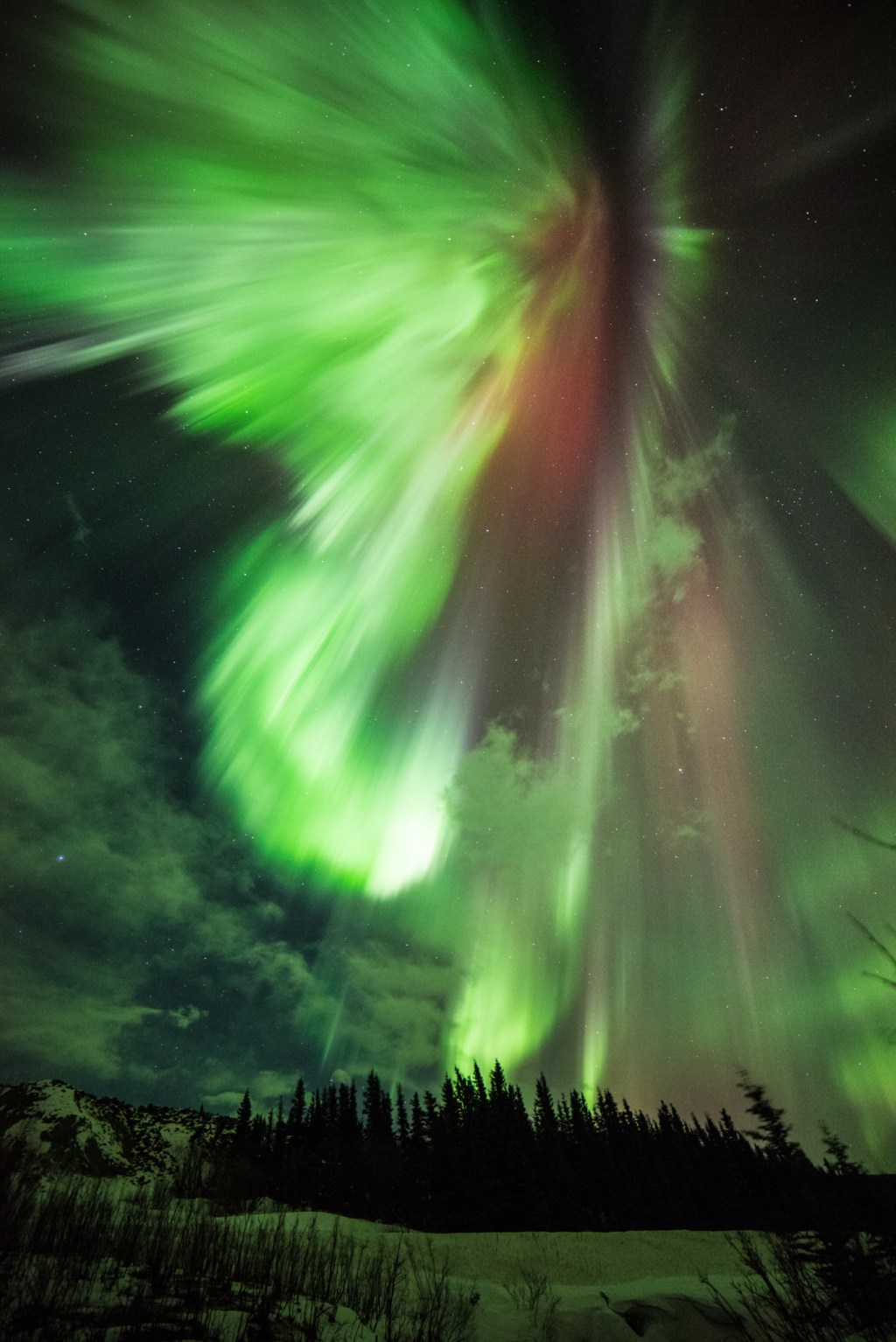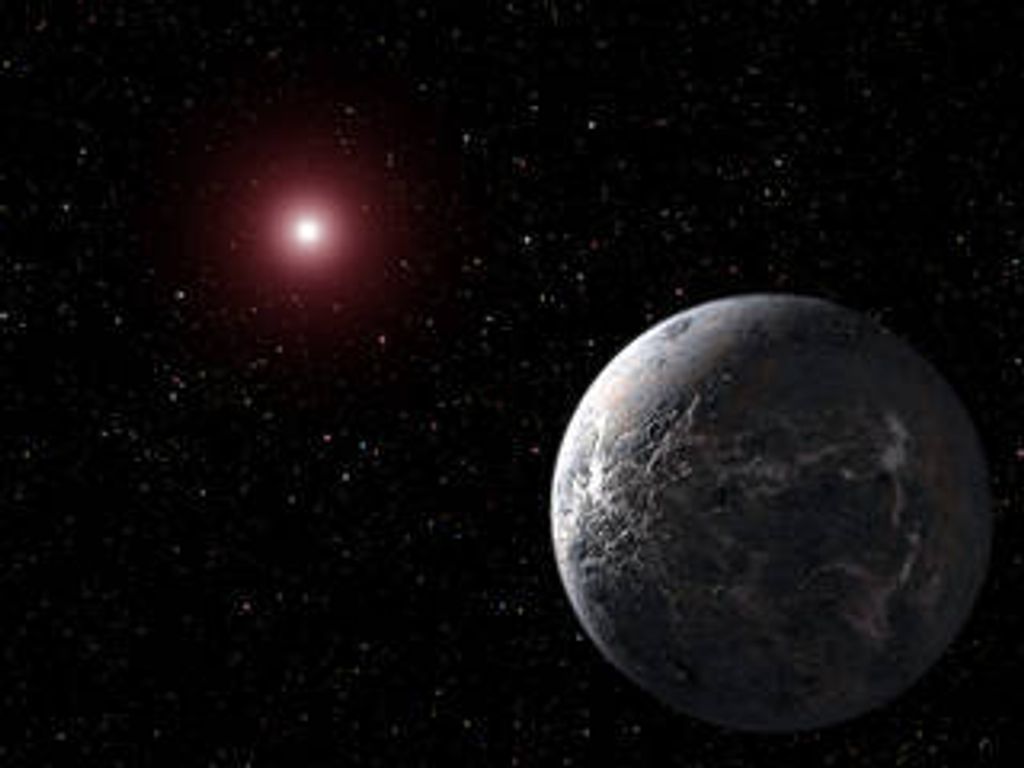NASA’s Boeing Crew Flight Test astronauts Butch Wilmore, commander, and Suni Williams, pilot, are suited up and on their way to the launch pad for today’s launch. The duo spent about an hour putting on their suits and completing suit leak checks inside the Neil A. Armstrong Operations and Checkout Building at the agency’s Kennedy …
NASA Astronauts Wave to Family, Friends, Head to Launch Pad
